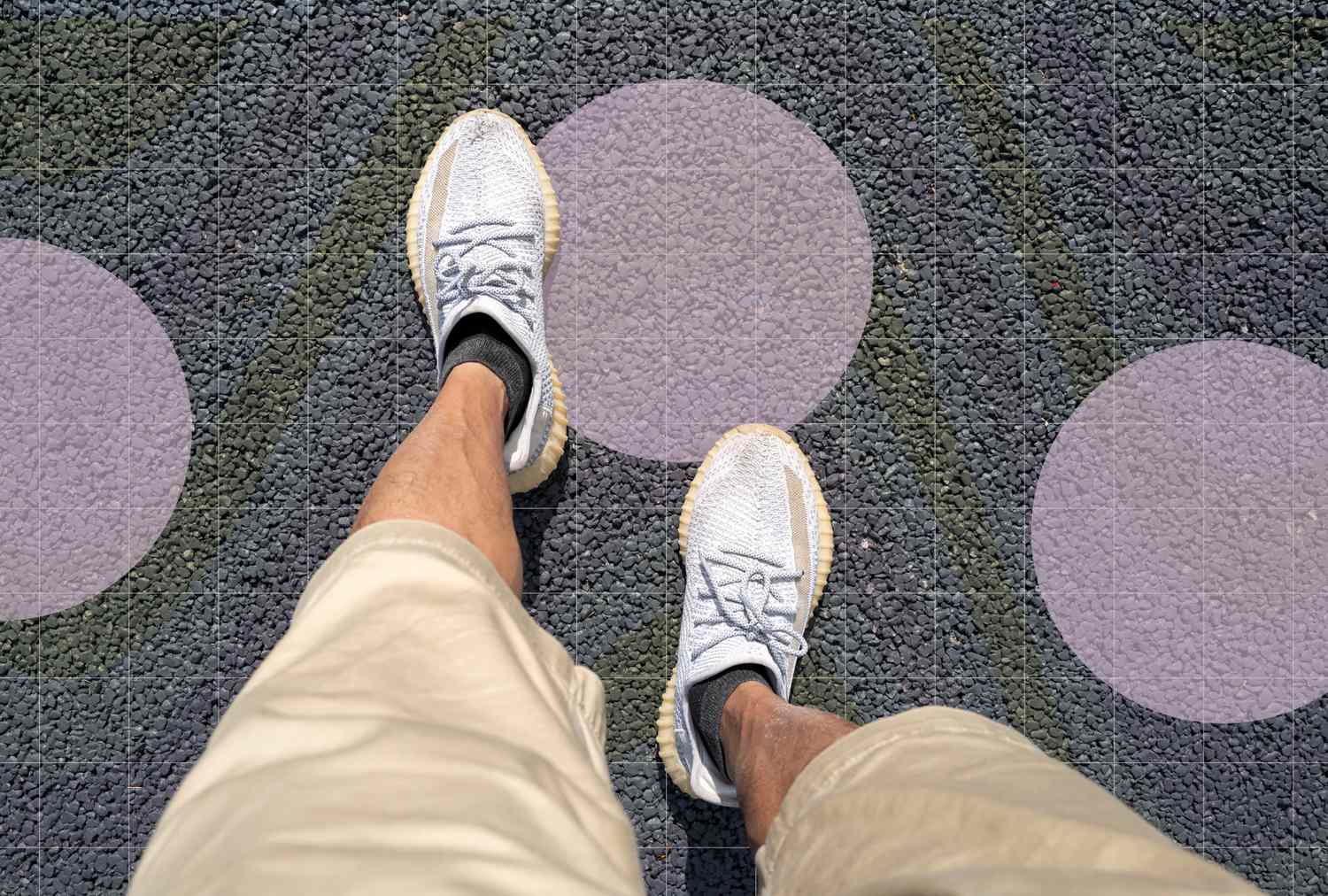Blog
6 Benefits of Walking After Meals, Backed by Health Experts

- Walking after a meal can reduce blood sugar, improve digestion and boost mood.
- Just 15 to 30 minutes of walking after meals has been shown to be effective.
- Pair walks with activities you enjoy, like listening to podcasts or walking your dog.
As tempting as it is to sink into your couch after your last bite, going for a walk instead can do your body a lot of good. Walking after meals offers several science-backed benefits—from lowering blood sugar to kick-starting digestion. Ahead, health experts share the top reasons why a post-meal walk could be a simple yet powerful habit to add to your daily routine.
1. Lowers Blood Sugar
While you might not see this benefit directly—unless you wear a continuous glucose monitor or regularly check your blood sugar—walking after a meal can keep your blood sugar levels in check.
“A quick post-meal walk can help prevent your blood sugar from spiking,” says Chrissy Carroll, RD, CPT, a dietitian and certified personal trainer. She points to research showing that exercising after a meal improves glycemic response and reduces post-meal blood sugar levels in people with and without diabetes. Another study in healthy adults who walked for 30 minutes after eating found similar results.
“A moderate-intensity walk of as little as 20 minutes performed after a meal can lessen the glycemic response and decrease glucose,” adds Melissa A. Hatton, M.S., CPT, CES, PES, CNC, a certified personal trainer and instructor.
Interestingly, the benefits were greatest with walking post-meal, compared to before meals. “For best results, start your walk as soon as possible after you finish eating—that has a bigger benefit compared to waiting an hour,” says Carroll.
2. Gets Your Digestive System Moving
If you’re someone who often feels bloated after a meal, taking a post-meal walk may be your answer.
“Walking can help stimulate the digestive system, potentially reducing common concerns like bloating and constipation. Research found that a short 10– to 15-minute walk after a meal was linked to improved gastrointestinal comfort—including less bloating, gas and abdominal pain,” says Carroll.
3. Increases Circulation
Moving your body helps to improve circulation by getting your blood flowing.
Kunal Lal, M.D., a cardiologist, explains, “Anytime we exercise, including walking, our blood flow typically redirects predominantly to our extremities and skeletal muscles for optimal perfusion.” Perfusion, which is the body’s process of delivering oxygen and nutrients through the bloodstream to your tissues and organs, helps them function properly and stay healthy. “Ultimately, this enhances circulation in the body,” he says.
4. Lowers Blood Pressure
Nearly half of U.S. adults have hypertension (high blood pressure), a risk factor for heart disease that’s controllable through lifestyle changes and, in some cases, medication.
Fortunately, walking is an effective way to reduce blood pressure. For example, a study in people with hypertension found significant reductions after one year of habitual walking. Even those with resistant hypertension—meaning their condition does not respond well to typical medical treatments—also saw improvements.
“A brisk walk for at least 30 minutes for five days a week has been clinically proven to reduce weight, which in turn can significantly improve blood pressure by at least 8 to 10 pressure points,” says Lal.
5. Supports Weight Loss
Walking after meals is a low-impact, sustainable form of exercise that can support weight loss and weight maintenance goals. “To lose weight, you must be in a caloric deficit. Adding a walk to your daily routine can help accomplish this goal,” says Hatton.
In fact, research shows that even small amounts of aerobic activity—just 30 minutes a week—can lead to modest reductions in body weight, waist circumference and body fat among adults with overweight or obesity. However, working your way up to the recommended 150 minutes of physical activity per week has been linked to more significant reductions.
6. Boosts Mood
Ever notice your mood lift after breaking a sweat? There’s real science behind it. Exercise boosts levels of serotonin and dopamine, and triggers the release of endorphins—all of which helps to elevate your mood and promote positive emotions.
“Any exercise—walking included—can help boost mood and reduce stress,” says Carroll. “Creating a habit surrounding meals will allow you to get more happiness-boosting physical activity into your day,” she adds. If a long walk isn’t feasible, try breaking it up into a few 15-minute walks throughout the day.
A great way to build new habits is habit stacking—pairing a new habit with something you already do. For example, if you usually do the dishes after dinner, try adding a quick walk right before or afterward. It could be a quick stroll around the neighborhood, a few laps in your living room or even walking up and down the stairs.
Tips for Making Walking After Meals a Habit
The good news is you don’t have to walk for miles to reap the health perks; even just a few minutes after a meal can help. When it comes to building a habit, Hatton reminds us, “It takes time to create a new habit. It takes an average of 66 days to form a new habit but can take as long as 254 days! It’s very individual.”
Here are some tips to help you get started:
- Plan Your Walks in Advance. At the beginning of each week, take a few minutes to think about when you can most easily fit in your walks. Choose a block of time when you’re less likely to be distracted or interrupted. For example, if walking after lunch doesn’t work because of a busy workday, consider making it part of your after-dinner routine instead.
- Treat Walking Time Like an Appointment. “Amidst a busy schedule, it’s important to carve out at least 30 minutes a day to walk around the block or even on a treadmill, if accessible; doing even this amount has tremendous positive health benefits,” says Lal.
- Follow a Structured Plan. If you’re unsure where to start, following a premade walking plan—or creating your own—can help you build momentum.
- Pair Walking with an Activity You Enjoy. Try pairing walking with an activity you enjoy. You could chat with a friend, listen to a podcast or take your dog out for some extra steps, suggests Carroll.
Try This Walking Plan
The Best 7-Day Walking Plan to Boost Energy Levels, Created by Certified Trainers
Our Expert Take
Walking after meals—even just a few minutes—can offer a wide range of health benefits. It can help lower blood sugar, stimulate digestion, improve circulation, reduce blood pressure, support weight loss and lift your mood. Planning your walks in advance and pairing them with an activity you enjoy can make the habit stick. So before you wind down for the night, get some steps in to support your health.












